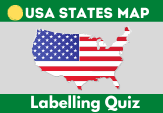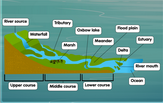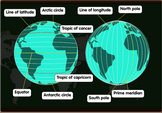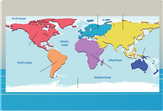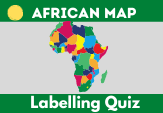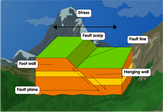Wind vane diagram
Wind vanes are some of the most commonplace weather instruments out there, especially if you live in a farm or a rural area. Traditionally, people on farms found these devices useful for predicting the weather. You can tell, for example, if a storm is coming based on the direction a wind blows from.
A wind vane is an instrument that rotates to the direction from where a wind originates. The most basic variety is composed of a vertical rod. Situated on this is a pointer on one end and a tailfin on the other. Four unmoving bars project from this rod to represent the directions on a compass. Wind will cause the tailfin to spin the other way, which will, in turn, rotate the pointer to the direction it came from.
While more advanced scientific equipment, such as digital wind vanes and anemometers, have largely replaced these instruments, wind vanes can still be neat decorations for a home or church. You might notice wind vanes with ornamental figures – like roosters – on top instead of the regular arrow markers.
Feel free to study this wind vane diagram to learn how to read the direction of wind and help you forecast the weather. You can also use this as a reference on how to build a wind vane yourself.

